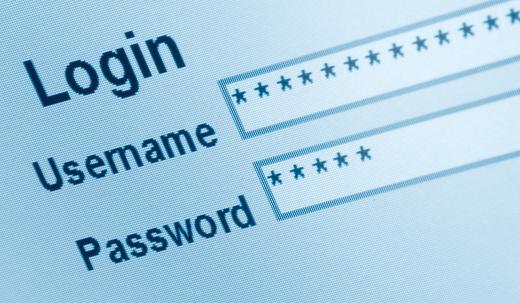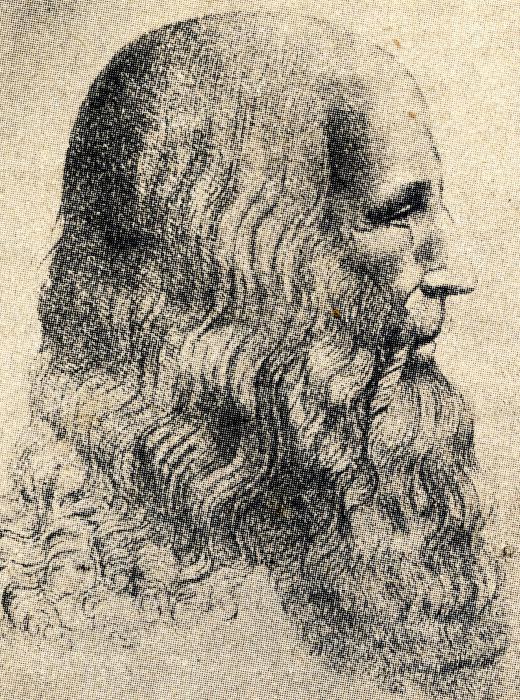What is Cryptology?
 Tricia Christensen
Tricia Christensen
Cryptology or cryptography is the study and process of encoding and decoding plain text messages so that they cannot be read by anyone without a guide or key. Historians date the use of cryptology back to Ancient Egyptian times and suggests that secret codes developed quite soon after written language was developed. As well, conversation might be encoded, as is frequent radio transmissions or cell phone conversations.
Cryptology seems to many a rather romantic field, and the deciphering of secret messages is the subject of many thriller novels. Most recently, The Da Vinci Code involved a mystery of a series of clues and codes that pointed to a Catholic Church conspiracy to keep people from finding out that Mary Magdalene was one of the early disciples of Jesus Christ. The idea of secret codes and hidden messages enchants many, accounting for the great popularity of Dan Brown’s novel.

Today, cryptology is often very technical in encoding or decoding processes, due to the use of computers. Computers can frequently evolve codes that are virtually unbreakable. A certain amount of cryptology is necessary too, to protect the security of computers. Codes and passwords help protect software and hardware from “hacking” which can reveal information about private plans, social security numbers or credit card numbers. In fact the majority of illegal decryption of secure information in computers is to steal identities. Some decryptors are excellent at breaking into what are thought to be “secure” systems.

Another primary reason for encrypting information is to protect secret operations of a country, particularly in times of war. While some codes are simplistic, usually computer produced codes are based on algorithmic patterns that prevent illegal decryptors from finding out information about military plans or weaponry. Low-level security is often protected by the use of things like digital signatures, which can be verified to protect systems from unwanted intrusion.

Since virtually all codes can be broken, given enough time and effort, those in the field of cryptology must constantly work to develop new codes to keep customers or information secure. Decisions about the best codes to use are made by cryptographic engineers, who rely heavily on cryptology to determine the history of how easily certain types of encryptions are deciphered.
Research about military codes done by a cryptologist may never be published. In fact there is great concern within certain countries about allowing access to previously secret codes since this may allow access to information that is still considered secret. As well, analysis of codes used before can help illegal decryptors guess what codes might be used in the future. Thus encryption methods are often guarded as carefully as any material that is encrypted and sale of such information to foreign interests can carry heavy criminal penalties.
Some methods, like the use of algorithms are a predictable type of cryptology, and occasionally, to protect certain secrets, the military or other secure organization may resort to earlier written or spoken codes, or variations on such. Someone with a working knowledge of the history of cryptology may be able to break such codes, but often if the codes are in use for only a short period of time, there is not enough time for information to escape before another method is employed.
AS FEATURED ON:
AS FEATURED ON:













Discussion Comments
Ever since 911 i have been seeing the numbers 11, 13, 23, 8, 88, 9, 7 show up everywhere. I have also noticed these numbers showing up in earthquakes like 6.5 = 11; 4.4 at 4:04. Add those numbers and you get 88. 8 being the letter of the alphabet H also known as Heil Hitler 88.
Like the oil rig that blew up killing 11 people. Or the coal mine in Russia also killing 11 people. The numbers 23, 13, 11 show up in all the yahoo news articles that they post on a daily basis. Why is this? what does this mean?
Post your comments